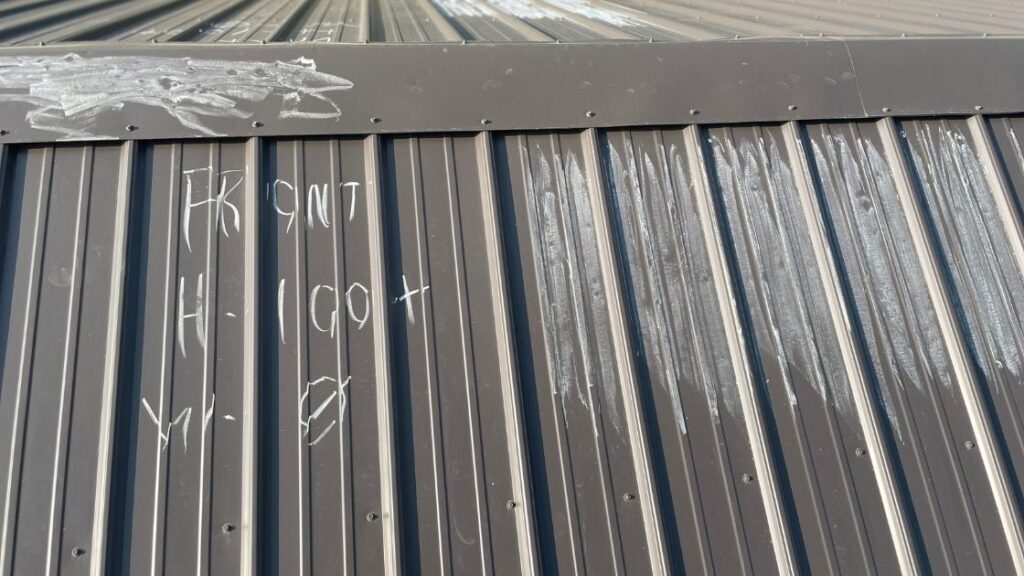
Case Study: SafeCo Cosmetic Damage Exclusion Costs Homeowner $25k
Policyholders with a metal roof need to pay careful attention to policy details – especially the SafeCo cosmetic damage exclusion related to hail damage.
Hail storms have not just increased in frequency over the past decade but size as well. As a result, states like Colorado can expect several massive hail events each year, a pattern experts say will continue.
While policyholders rely on insurance to recover, the repeat nature of massive storms has caused issues for carriers and cut into profits. With limited ability to raise rates, carriers started adding exclusions to property damage insurance policies to limit coverage and offset costs. One of the most problematic is the cosmetic damage exclusion which allows carriers to deny claims if the damage doesn’t immediately cause structural issues.
Cosmetic damage exclusions can cause several problems for policyholders in hail-prone states, especially if they are unaware such exclusions exist. This case study of a Colorado homeowner highlights some of the challenges policyholders face, especially when insuring metal roofs.
Case Study: SafeCo Cosmetic Damage Exclusion
Policyholder Name: Mike P.
Location: Colorado
Insurance Carrier: SafeCo
Like many other Colorado residents, Mike experienced several massive hail storms in the last five years. As a result, his home sustained damage, and he filed a claim with SafeCo, his insurance company.
When the insurance adjuster inspected the property, he found 100+ dents in a 100 sq foot area (which totaled tens of thousands of dents over the entire roof) on his metal roof from hail. However, when he received the initial estimate, it excluded the metal roof despite the massive amount of hail damage. The denial was due to the broker selling the standard SafeCo policy, which excludes coverage for metal roofs.
Mike was unaware a cosmetic damage exclusion was in his policy. After review, it was found on page 44 of the documents. Mike’s insurance broker knew about the metal roof but did not disclose that this policy would lack the coverage needed should damage occur. The price difference between this policy and one that would have provided adequate coverage for the metal roof was $40. The price to fix the metal roof was over $25k.
When we reached out to his insurance broker to ask why Mike was not informed of the lack of coverage, she replied that SafeCo doesn’t want to insure metal roofs at all and instructed their agents to sell a version of the policy that has the exclusion built-in to their ‘standard forms’. They instruct their brokers not to sell coverage options for metal roofs UNLESS the client specifically asks for it.
Unfortunately, most policyholders don’t know what to ask for. Most also don’t read the full policy before paying for coverage. Critics argue insurance policies aren’t just challenging to read; they are impossible to understand. A few states require insurance policies to meet readability criteria, but most don’t. So it’s easy to see why policyholders like Mike rely on their insurance broker or agent to understand their coverage. Yet as this case study highlights, that may not be the best option.
While a policyholder technically has a responsibility to read their policy, most people don’t, so burying a major coverage provision on page 44 can prove quite effective for carriers trying to limit coverage exposures.
Key Takeaways
Regardless of location, policyholders should attempt to read their insurance policy and get help to understand all coverage limitations. Experts like lawyers, risk assessors, and others can help decipher contracts and help you understand coverage limitations.
Have you had to deal with cosmetic damage exclusions when filing an insurance claim? Connect with us on Facebook and LinkedIn and tell us your story.


